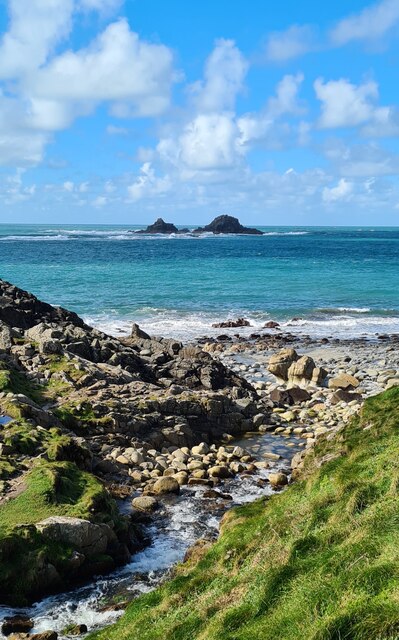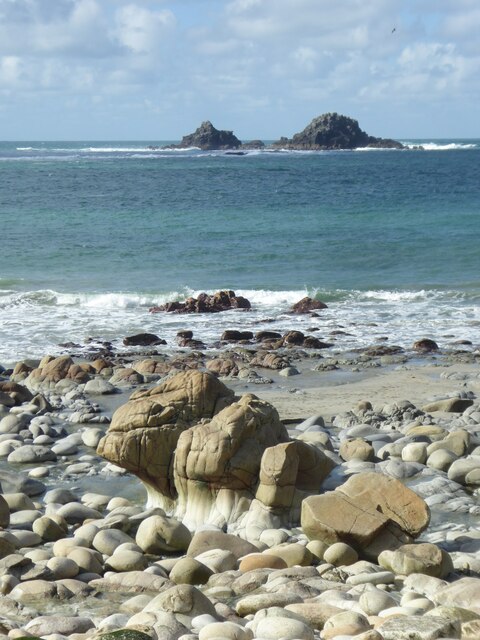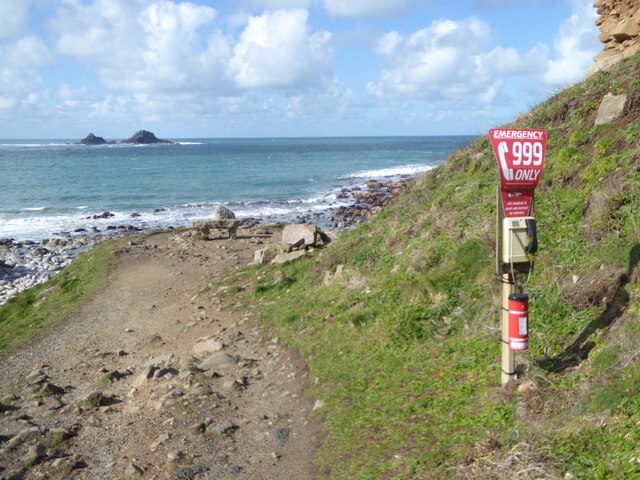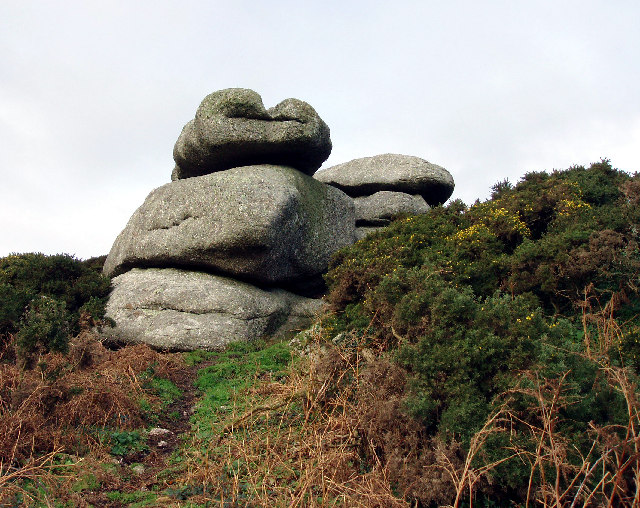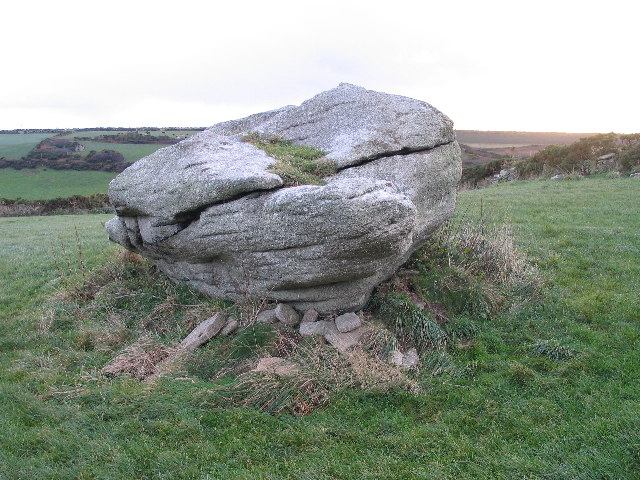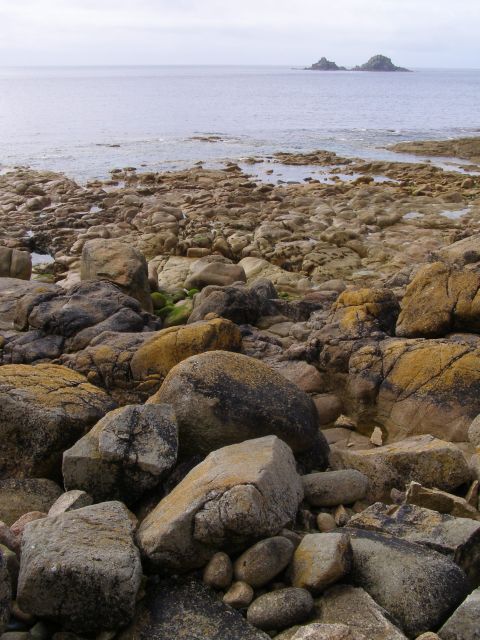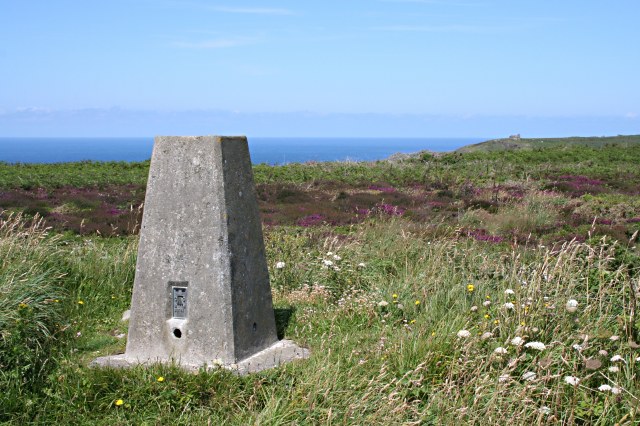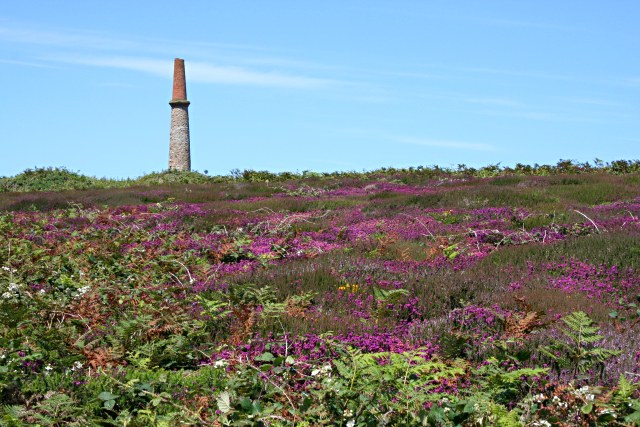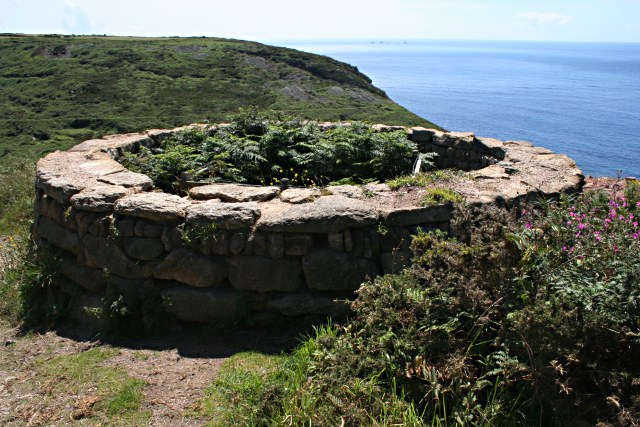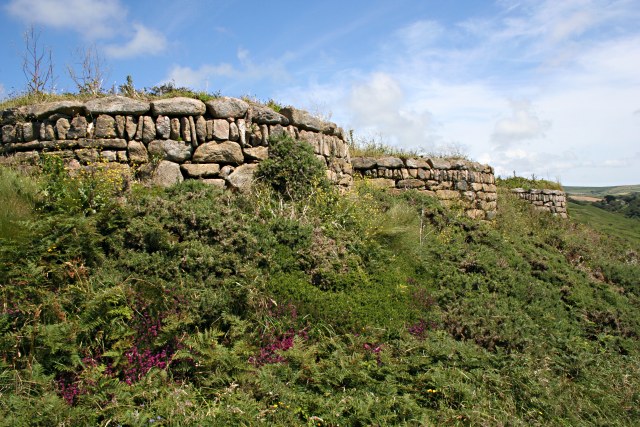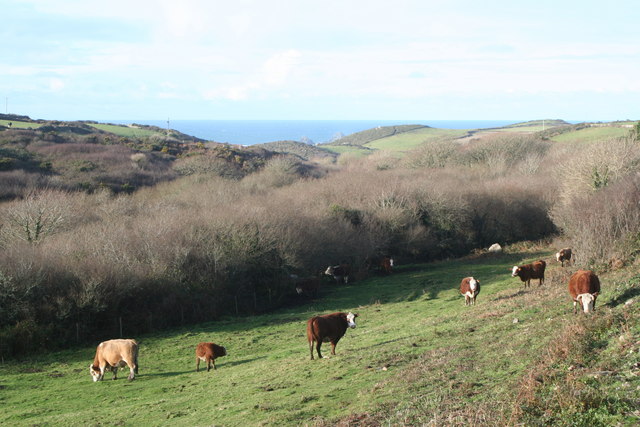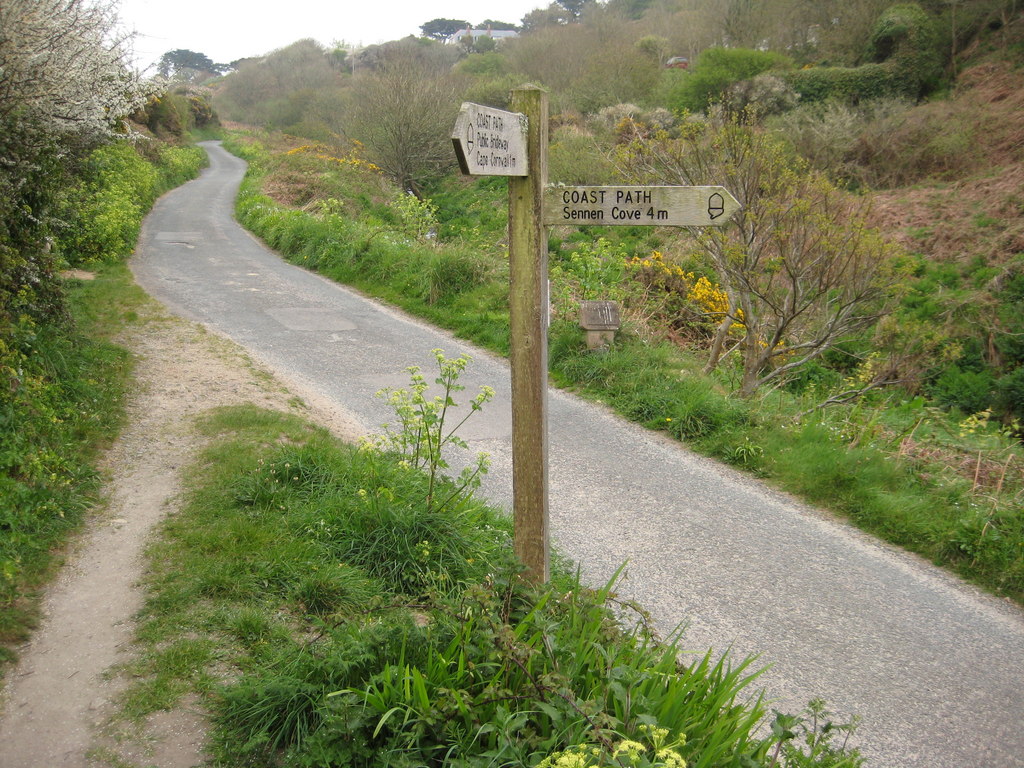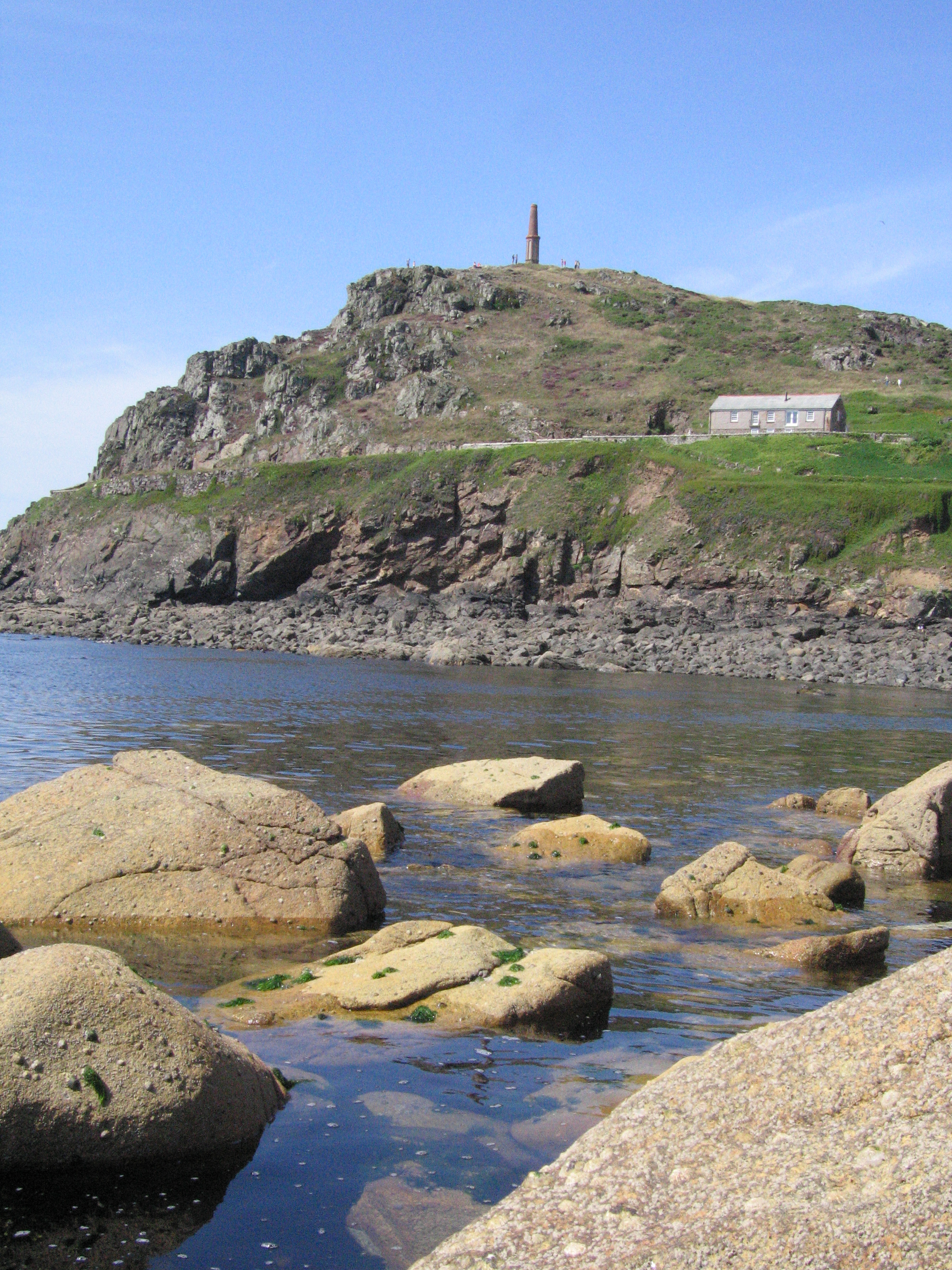Carn Clougy
Coastal Feature, Headland, Point in Cornwall
England
Carn Clougy
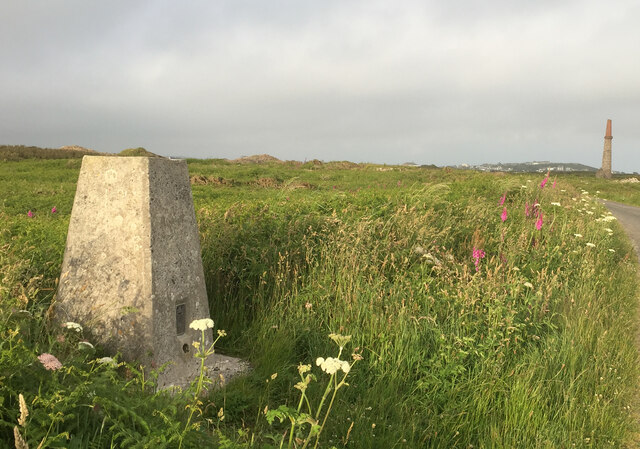
Carn Clougy is a prominent headland located on the southern coast of Cornwall, England. Situated near the village of Zennor, this coastal feature offers stunning views of the Atlantic Ocean and the rugged Cornish landscape.
Standing at an elevation of approximately 230 feet (70 meters), Carn Clougy is characterized by its rocky cliffs, protruding out into the sea. These cliffs are composed of granite, a common geologic feature in this region. The headland is known for its distinctive pointed shape, resembling a natural beacon jutting out into the water.
The area surrounding Carn Clougy is rich in natural beauty and biodiversity. The headland is covered in lush vegetation, including heather and gorse, providing a habitat for various plant and animal species. Birdwatchers can often spot seabirds soaring above the cliffs, including guillemots, razorbills, and even the occasional puffin.
Carn Clougy is a popular destination for hikers and nature enthusiasts. Several walking trails traverse the headland, allowing visitors to explore its rugged terrain and enjoy breathtaking views of the coastline. The headland is also home to an ancient burial chamber, known as a quoit, dating back to the Neolithic period, which adds to its historical significance.
The location of Carn Clougy, with its dramatic cliffs and panoramic views, makes it an ideal spot for photographers and artists seeking inspiration. With its natural beauty and rich history, Carn Clougy is a must-visit destination for those exploring the coastal wonders of Cornwall.
If you have any feedback on the listing, please let us know in the comments section below.
Carn Clougy Images
Images are sourced within 2km of 50.105594/-5.6959566 or Grid Reference SW3529. Thanks to Geograph Open Source API. All images are credited.
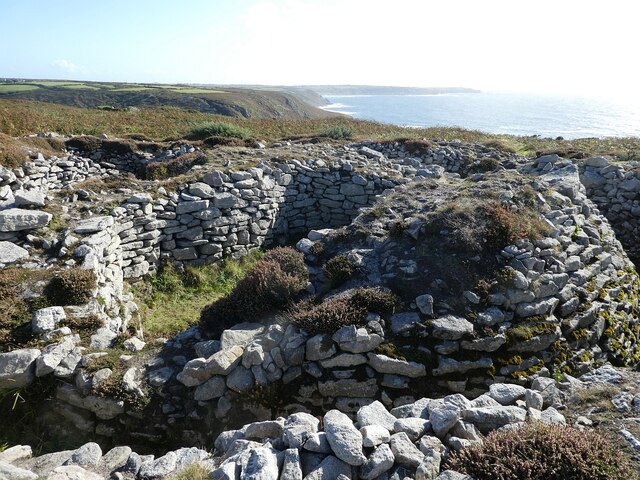
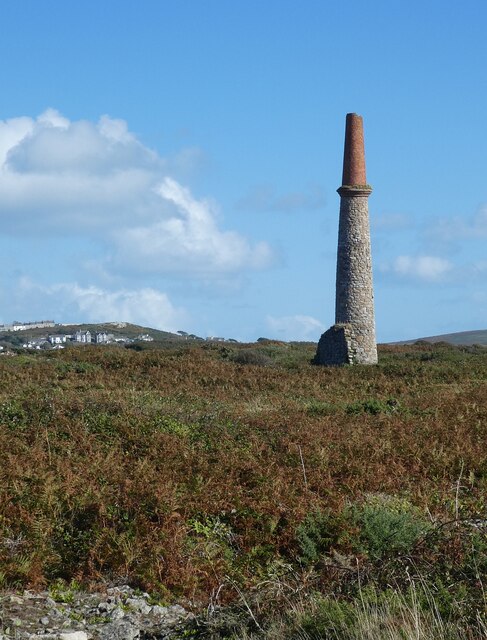
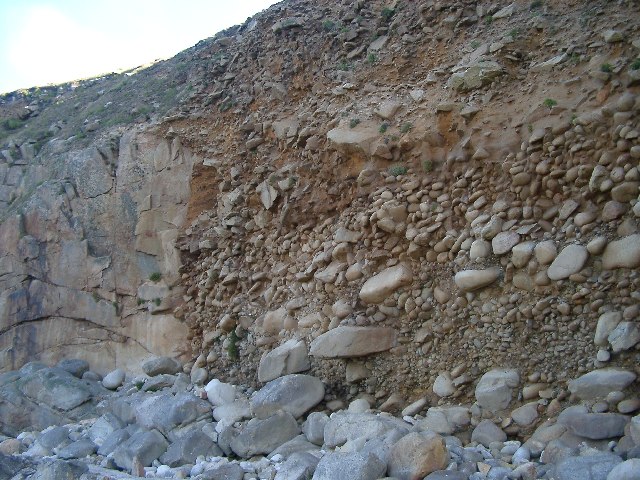
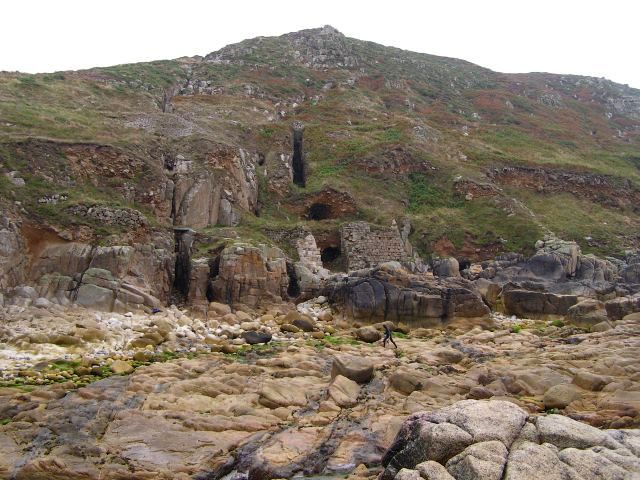
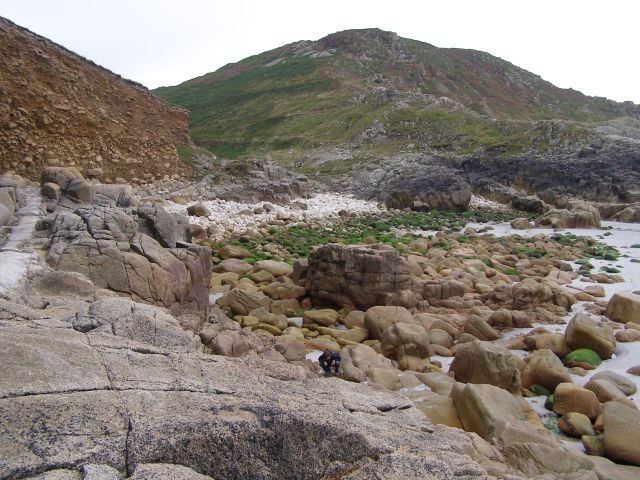
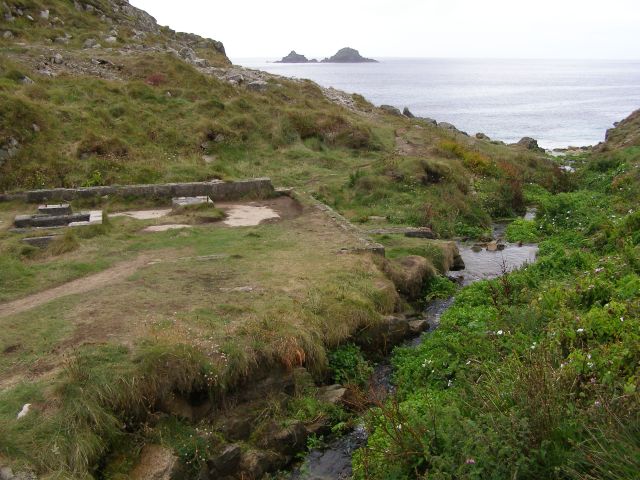
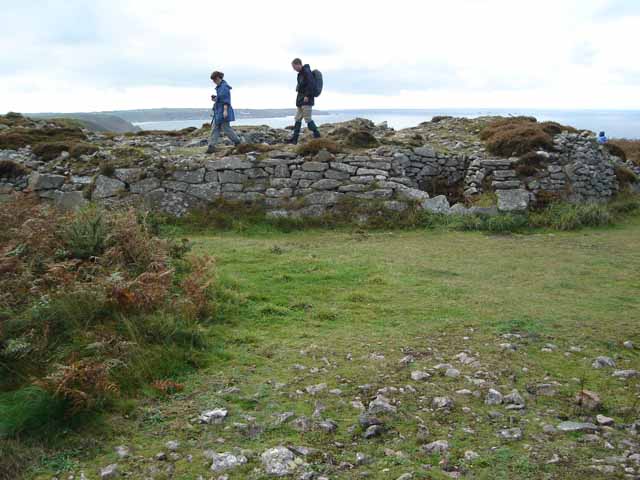
Carn Clougy is located at Grid Ref: SW3529 (Lat: 50.105594, Lng: -5.6959566)
Unitary Authority: Cornwall
Police Authority: Devon and Cornwall
What 3 Words
///sling.upcoming.twitches. Near St Just, Cornwall
Nearby Locations
Related Wikis
Nanquidno
Nanquidno is a hamlet near St Just in Penwith in west Cornwall, England. It is about half a mile southwest of Kelynack. == References ==
Porth Nanven
Porth Nanven (grid reference SW355307; most well known as Cot Valley and occasionally known as Penanwell) is a beach in the far west of Cornwall, England...
Cot Valley
Cot Valley is located half-a-mile south of St Just in west Cornwall, United Kingdom. It has a very mild microclimate.The stream which runs down the valley...
Kelynack
Kelynack (from Cornish: Kelynek is a settlement in west Cornwall, England, UK. == Geography == Kelynack is on the Penwith peninsula approximately four...
Land's End Airport
Land's End Airport (IATA: LEQ, ICAO: EGHC), situated near St Just in Penwith, 5 NM (9.3 km; 5.8 mi) west of Penzance, in Cornwall, is the most south westerly...
Ballowall Barrow
Ballowall Barrow (Cornish: Krug Karrekloos) is a prehistoric funerary cairn (chambered tomb) which Ashbee (1982) and Hencken (1902–81) state contains...
Priest Cove
Priest Cove (Cornish: Porth Ust, meaning St Just's Cove) or Priest's Cove is a small cove one mile (1.6 km) west of St Just, Cornwall, UK. The name is...
St Just in Penwith
St Just (Cornish: Lan(n)ust), known as St Just in Penwith, is a town and civil parish in the Penwith district of Cornwall, England, United Kingdom. It...
Nearby Amenities
Located within 500m of 50.105594,-5.6959566Have you been to Carn Clougy?
Leave your review of Carn Clougy below (or comments, questions and feedback).
